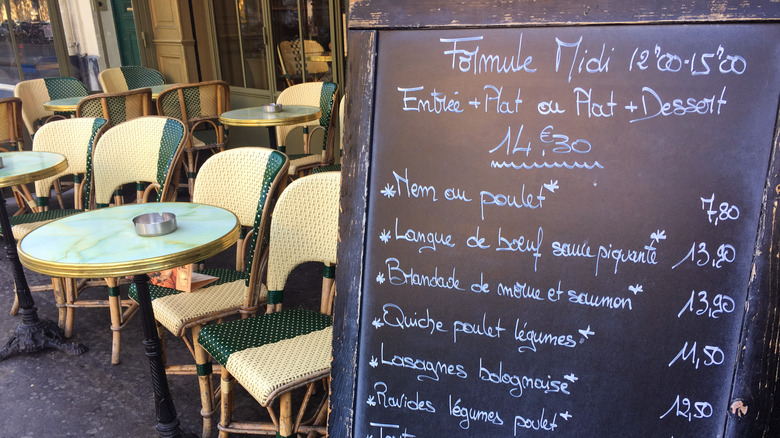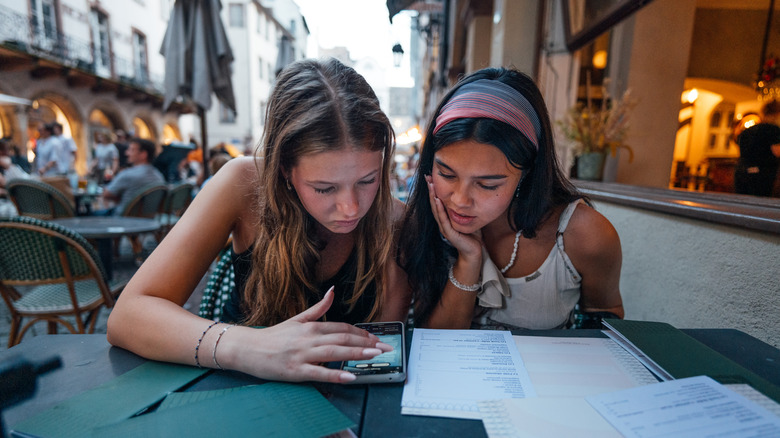This is the moment many of us dread: arriving in a restaurant in a foreign country, picking up the menu, and having no idea what we’re looking at. Each listing is full of unfamiliar words and accent marks. The numbers make no sense. Even the elegant font seems to be conspiring against us. We think we know a word, but then we second-guess ourselves. Is this even a lunch menu, or is it an early dinner? Is this an unusually long name for an item or a list of ingredients? We panic, unable to translate a single word, never mind pronounce an order correctly. All the essential words and phrases to know before a visit to France have leapt out of our brains, leaving only question marks. Eating — the simplest and most vital thing we can do while on the road — feels like an impossible uphill battle.
Even travel expert Rick Steves knows this feeling. Despite his decades on the road, Steves still remembers how a European menu can give us cold sweats. He also knows the nuances of European kitchens and the simple misunderstandings that make tourists feel stranded. Remember, the PBS host sat down for meals in unfamiliar bistros for decades before the release of the first translation app. To help anxious travelers, Steves wrote an entire blog post on his website about eating in Europe. The simplest solution may feel like cheating, but it’s actually helpful for both foreign guests and native hosts: the “tourist menu.” This alternative menu, printed in English and sometimes other languages, breaks down the options in a familiar way, saving everyone a lot of pantomime and timid confessions that “Je ne parle pas beaucoup Français…”
The tourist menu and how to ask for it in Europe
Not surprisingly, tourist menus are found in well-trafficked cities like Paris or Rome, where tourism is a major industry and servers accommodate visitors from all over the world. Rick Steves asserts that they go by several names, such as “menù turistico” in Italy and “menu touristique” in France, phrases that sound much like English and are easy to remember. Just say hello in the local language and ask for one or the other; the server should know exactly what you’re talking about. This may be cause for relief among staff, as a the tourist menu can be a real time-saver.
More than just a translation, many of these menus have simplified (or even prix fixe) offerings as well. This doesn’t mean you’ll find only stereotypical American meals like chicken fingers and onion rings, but the menu should list items that are relatively familiar to your palate. You won’t find more sophisticated dishes that require a better grasp of the language and culinary culture, such as choucroute garnie à l’Alsacienne (braised sauerkraut in the Alsatian style accompanied by a sausage medley) or strozzapreti ai funghi selvatici (an unusual twisted pasta with wild mushrooms).
“You normally get a choice of several options for each course,” says Steves. “Locals rarely order this, but if the options intrigue you, the tourist menu can be a convenient way to sample some regional flavors for a reasonable, predictable price.” This is especially handy for travelers who are visiting a Western European community for the first time and are overwhelmed with all the novel stimuli. While you’re planning your first night out, here are qualities Rick Steves looks for when picking a place to eat in Europe.




